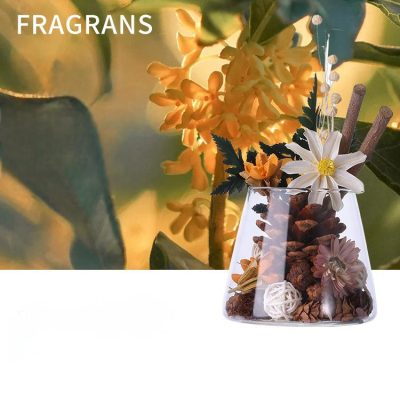Oriental Culture and Creativity Inspired Fragrance Journey | ScentSerenade
**Calm in a Bottle: Unlocking Nature’s Secret to Easing Anxiety**
(Targeted Application for Anxiety Relief Using Essential Oils)
Life moves fast. Deadlines pile up. Social pressures weigh heavy. Anxiety creeps in quietly, tightening its grip when least expected. People search for relief everywhere—pills, therapy, meditation. But what if the answer hides in something simpler, like the scent of a flower or the peel of a fruit? Essential oils, tiny bottles of plant power, are stepping into the spotlight as tools for calming the mind. Let’s explore how these aromatic wonders might help untangle the knots of everyday stress.
Essential oils aren’t new. Ancient civilizations used them for healing rituals, beauty treatments, and spiritual practices. Today, science backs their potential to influence mood. When inhaled, aroma molecules travel from the nose to the brain, hitting the limbic system—the area linked to emotions and memories. This direct pathway explains why a whiff of lavender can instantly transport someone to a childhood garden or a cozy blanket.
Not all oils work the same. Lavender often tops the list for anxiety relief. Studies suggest it slows down the nervous system, easing restlessness and improving sleep. Then there’s bergamot, a citrus oil with a bright, spicy scent. It’s like sunshine in a bottle, known to lift moods and dial down tension. For those battling social anxiety, a dab of chamomile oil on the wrists might soften the edges of a crowded room.
Using these oils isn’t complicated. Start with a diffuser. Add a few drops of oil to water, let the mist fill the room, and breathe deeply. No diffuser? Try mixing a drop or two with a carrier oil like coconut or almond oil, then massage it into the skin. Pulse points—wrists, temples, behind the ears—are perfect spots. For quick fixes, inhale straight from the bottle or add a drop to a tissue and tuck it in a pocket.
Timing matters. Mornings might call for invigorating scents like peppermint or lemon to kickstart the day. Evenings pair better with grounding oils like vetiver or sandalwood. Experimentation is key. What works for one person might not work for another. A friend swears by frankincense before job interviews. A coworker keeps a rollerball of ylang-ylang in her bag for subway rides.
Safety first. Essential oils are potent. Never apply them directly to skin without dilution. Some oils react poorly to sunlight. Others aren’t safe for pregnant women or pets. Research before trying something new. Quality counts too. Cheap oils might be diluted with synthetic additives. Look for brands that offer pure, tested products.
Skeptics ask: Is this just a placebo effect? Maybe. But if a scent tricks the brain into feeling calm, does it matter? Stress shrinks when the mind believes relief is near. Pair oils with other habits—deep breathing, a walk outside, a warm bath. Layering methods often works better than relying on one tool alone.
Science continues to explore how these oils interact with the body. Early studies show promise. A 2020 trial found nurses who inhaled rosemary oil before shifts reported lower stress levels. Another study linked citrus scents to reduced anxiety in dental patients. While more research is needed, the stories pile up. A mom uses clary sage to unwind after bedtime chaos. A student diffuses eucalyptus during exam cram sessions.
(Targeted Application for Anxiety Relief Using Essential Oils)
Essential oils won’t erase life’s challenges. But they offer a pause button—a moment to breathe, reset, and face the storm with steadier hands. Keep a bottle nearby. Let nature’s chemistry do the heavy lifting, one drop at a time.




